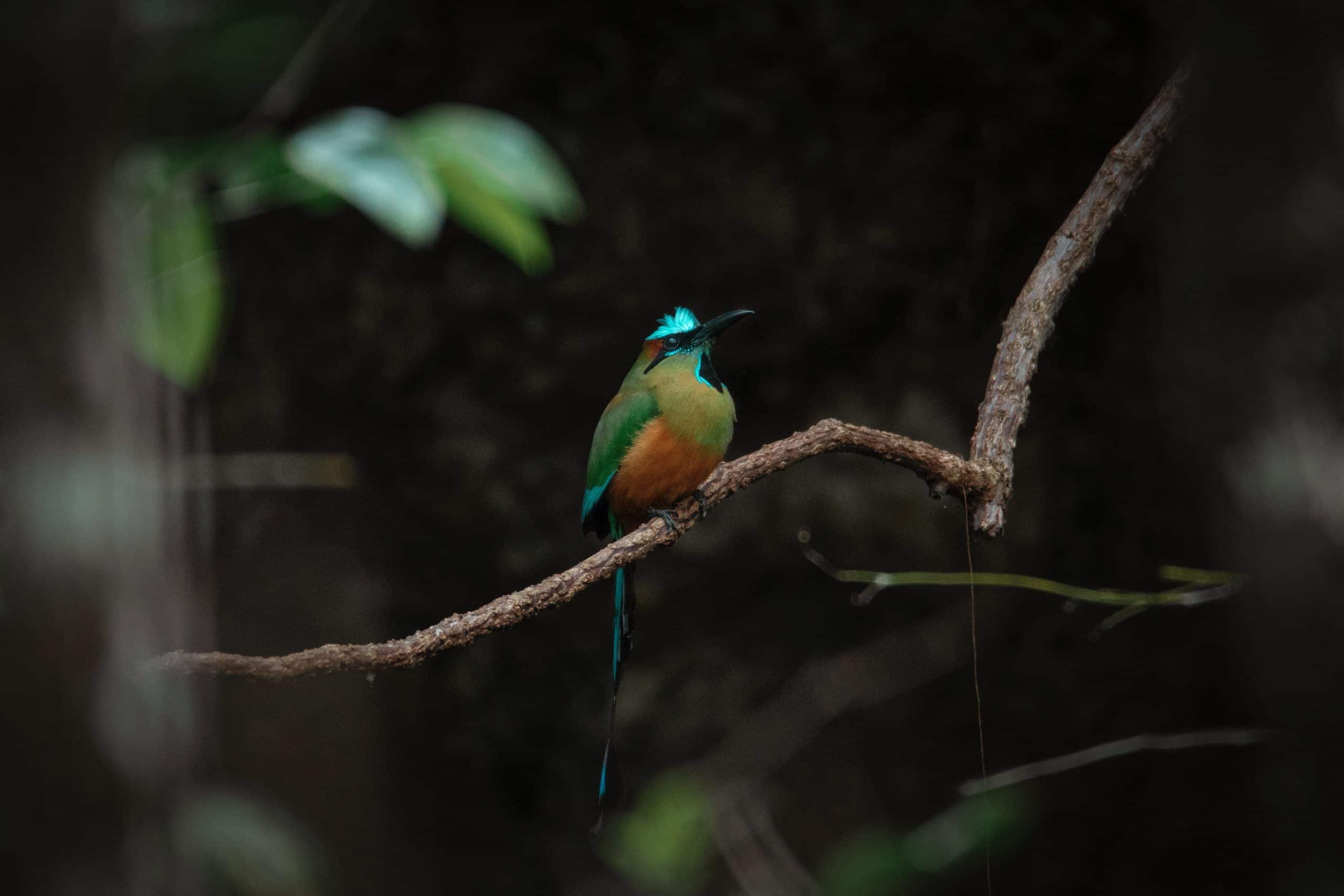How to Properly Trim the Feathers of a Flighted Parrot to Ensure Their Safety?

Parrots are incredible creatures, prized for their vibrant colors, unique personalities, and exceptional ability to mimic human speech. Among the many characteristics that make them fascinating is their ability to fly. As parrot owners, your responsibility includes ensuring their safety, especially when it comes to their flight skills. This article provides a comprehensive guide on how to correctly trim a flighted parrot’s feathers without causing harm or distress.
Understanding the Importance of Feather Clipping
Before embarking on the task of feather trimming, it is vital to understand its significance and impact on your pet parrot. Feather clipping is a preventative measure to reduce the risk of flight-related accidents within the home. A parrot that can take off at full speed can easily collide with a window or other household objects, possibly leading to severe injury.
Dans le meme genre : How Can You Socialize a Puppy During a Pandemic with Social Distancing?
In addition, clipped wings can prevent escape in case the bird manages to venture outdoors. A bird with trimmed feathers can still fly a little, but not high or far enough to get into dangerous situations.
Remember, however, that clipping is not about removing your pet’s ability to fly completely. It’s about ensuring controlled, safe flight. Your parrot should still be able to glide down from heights.
Dans le meme genre : How to Successfully Teach a Pomeranian Puppy the ‘Quiet’ Command to Prevent Excessive Barking?
When and How Often to Clip Your Parrot’s Feathers?
Knowing when to trim your bird’s feathers is just as important as knowing how. Generally, parrot feathers should be checked every few weeks to determine if they need trimming. Parrots typically moult once or twice a year, and new flight feathers will grow back after each moulting season, requiring a trim.
However, individual differences mean some birds may need more regular checks. Additionally, if your parrot seems to be gaining too much altitude or distance when attempting to fly, it may be time for a trim regardless of the last clipping.
Preparing for the Feather Clipping Procedure
Before you start clipping your bird’s feathers, gather all necessary tools and prepare both yourself and your bird for the process. The basic tools you need include a pair of sharp, clean scissors or bird nail clippers, a towel, and styptic powder to stop any potential bleeding.
Ensure your bird is relaxed and comfortable before starting. Rushing the process or causing distress can make the experience traumatic for your parrot. Always approach your bird in a calm, gentle manner.
How to Clip Your Parrot’s Feathers: Step-by-step Guide
Here is a step-by-step guide to help you trim your parrot’s feathers safely. If you’re unsure about any of these steps, it’s best to consult with a professional or a veterinarian.
-
Secure your parrot: Wrap your bird gently in a towel, leaving its head and one wing exposed. This technique helps to calm the bird and prevent biting during the trimming process.
-
Identify the flight feathers: The flight feathers, located on the wings, are long and extend outwards when the wing is fully spread.
-
Decide how many feathers to clip: The number of feathers to trim can vary, but a general rule is to clip about 5-7 primary flight feathers. However, this could change depending on the size, species, and health of your bird.
-
Trim the feathers: Hold the selected feather at its base, and trim it at an angle that continues the line of the bird’s wing. Be careful not to cut into the feather shaft where the blood supply is located. Clipping into this area can cause your bird pain and lead to bleeding.
-
Check for symmetry: After trimming one wing, unwrap your bird and let it calm down before moving to the other wing. It’s crucial to clip the same number of feathers on both wings to keep them symmetrical, which helps the bird maintain balance when flying.
What to do If Your Bird is Bleeding
Despite your best efforts, accidents can happen, and you may accidentally clip into a blood feather. This situation can cause your bird to bleed, which can be distressing for both of you.
If you cut into a blood feather, apply styptic powder to the area immediately to stop the bleeding. If the bleeding doesn’t stop after a few minutes, or if your bird appears distressed, don’t hesitate to contact your veterinarian.
The Aftercare of Feather Clipping
It is vital to monitor your parrot closely after a feather clipping session. While most parrots will adjust quickly to the change in their flight capabilities, some might need a bit more time. It’s not uncommon for birds to be a bit unsteady or unsure in their movements immediately after a feather trim. Therefore, it is advisable to keep an eye out for any signs of distress or discomfort.
Like humans, parrots also have their unique personalities and ways of reacting to changes in their environment. Some parrots might show signs of being upset or confused after their wings have been clipped. They might be quieter than usual or less interested in play. This kind of behavior is usually temporary, but if it persists for more than a couple of days, it might be a good idea to consult your vet.
It is also essential to be aware of the potential physical impact of wing clipping. Check the condition of your parrot’s wings daily for the first few days after clipping. Look for any signs of infection or inflammation at the clipping site. If you notice any swelling, redness, or discomfort in your parrot, immediately consult with your vet.
The aftercare of feather clipping also covers the emotional well-being of the parrot. Feather clipping can be a stressful event for parrots, so try to give them some extra TLC. Spend time with them, reassure them, and keep their environment calm and stress-free.
Conclusion: The Importance of Safe Feather Clipping
In conclusion, feather clipping is a critical aspect of parrot care that should not be taken lightly. It requires preparation, knowledge, and a gentle touch to ensure the safety and well-being of your pet parrot.
Feather clipping is not about disabling your bird’s ability to fly. Instead, it’s about ensuring that your bird can fly safely within the boundaries of its environment. It’s about reducing the risk of injury from accidents and preventing escape attempts.
While the process can be nerve-wracking for first-timers, with patience, practice, and the right tools, it becomes manageable. Remember, the ultimate goal of feather clipping is to promote the safety and well-being of your feathered friend.
If you are unsure about any step in the feather-clipping process or if you’re uncomfortable performing it, never hesitate to consult with a professional or a vet. After all, the safety and happiness of our feathered friends is what truly matters.
So, whether you’re a seasoned parrot owner or a new bird parent, remember these crucial steps. Understanding feather anatomy, having the right tools, preparing for the procedure, performing the clipping correctly, providing proper aftercare, and observing your bird’s behavior are critical to ensuring a successful and safe feather clipping experience.
